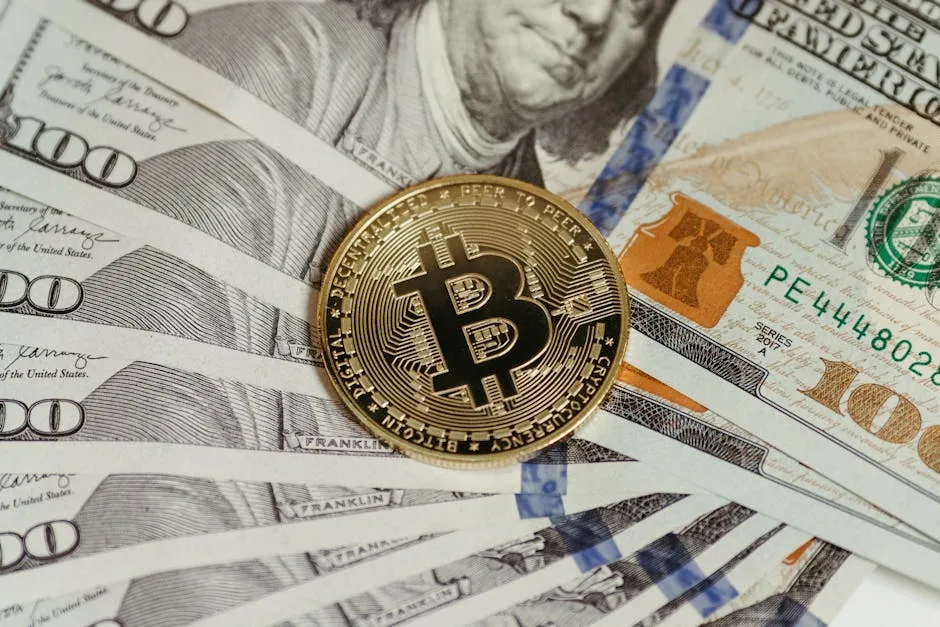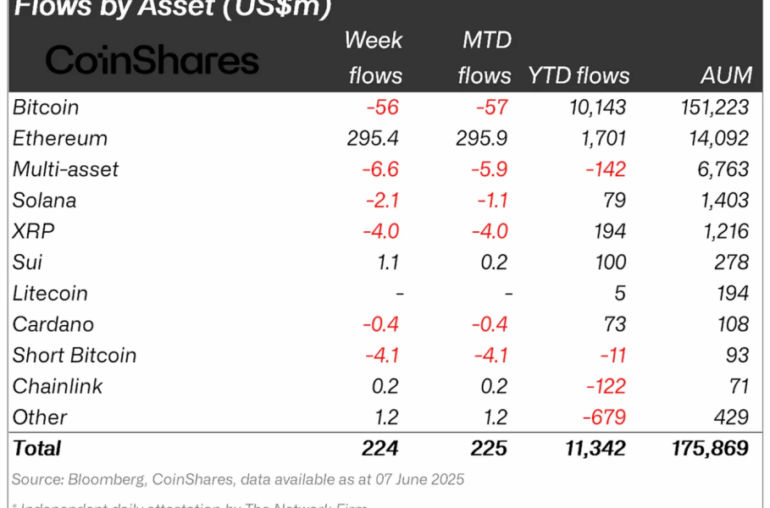
The Surge of Bitcoin Treasuries: What It Means for Institutional Adoption
In an exciting development for the cryptocurrency landscape, recent reports indicate that a staggering 48 new Bitcoin treasuries have emerged in just three months. This surge points to a significant trend in the accumulation of Bitcoin among larger institutional players, suggesting a robust commitment to cryptocurrency as a viable asset class.
A Closer Look at the Data
According to Rachael Lucas, an analyst at BTC Markets, the increasing number of Bitcoin treasuries reflects a growing confidence among institutional investors. “Larger players are doubling down,” she stated, highlighting that these entities are not just dabbling in Bitcoin but are making substantial investments.
This trend is particularly noteworthy as it signals a shift in the perception of Bitcoin from a speculative asset to a legitimate component of corporate treasury management. Companies are beginning to recognize the potential for Bitcoin to serve as a hedge against inflation and currency devaluation, further solidifying its role in modern finance.
What Does This Mean for the Future?
The rise of Bitcoin treasuries could have profound implications for the cryptocurrency market and the broader economy. As more corporations allocate a portion of their reserves to Bitcoin, we may witness increased price stability and a reduction in volatility, which has historically plagued the cryptocurrency.
Moreover, this influx of institutional investment could pave the way for enhanced regulatory clarity and acceptance of cryptocurrencies in mainstream finance. As major players enter the market, the demand for structured financial products and services around Bitcoin is likely to grow, further legitimizing its status.
Impact on Market Dynamics
The introduction of new Bitcoin treasuries is not just a statistic; it represents a fundamental shift in market dynamics. With larger entities entering the fray, we can expect a more sophisticated trading environment. This could lead to increased liquidity and potentially more innovative financial instruments tied to Bitcoin.
Additionally, as these institutions accumulate more Bitcoin, the supply available on exchanges may decrease, potentially driving up prices. This scarcity effect could attract even more investors, creating a positive feedback loop that propels Bitcoin further into the financial mainstream.
Conclusion
The emergence of 48 new Bitcoin treasuries within a short period underscores a growing trend of institutional adoption that cannot be ignored. As corporations increasingly recognize the value of Bitcoin, the landscape of finance may be on the cusp of a significant transformation. For investors, this could mean new opportunities and a more stable environment for cryptocurrency investment.
As we move forward, it will be crucial to monitor how this trend develops and what it means for both the cryptocurrency market and the broader economic landscape. The future of Bitcoin as a corporate treasury asset looks promising, and it will be fascinating to see how these dynamics play out.



